|
|
In today’s busy world, the quest for effective methods to conserve energy and reduce expenses is more important than it ever was before. As electricity usage continues to soar and our bills grow, the global electricity demand is expected to grow at a pace of 3% per year.
Don’t worry, though. If you’re looking for a way to curb these expenses and simultaneously contribute to a more sustainable future, you’re in the right place. This article will unravel a treasure trove of smart strategies that will enable you to minimize electricity consumption without compromising your daily needs.
Thanks to a range of tactics aimed at reducing electricity consumption, you will be equipped with actionable insights that you can then easily incorporate into daily routines. These strategies not only yield financial benefits but also help you foster an environmentally friendly mindset.
From simple adjustments in daily habits to investments in energy-efficient appliances, this comprehensive guide has something for everyone. So, buckle up and join us on this electrifying journey towards smarter energy consumption!
Key Takeaways
- Understanding your electricity bill can help you manage energy usage and reduce costs.
- Energy-efficient appliances, though pricier, can save money and reduce your carbon footprint.
- Smart home solutions offer energy conservation, increased convenience, and potential property value boost.
- Simple changes in daily habits can lead to significant energy savings and environmental impact reduction.
- Exploring renewable energy alternatives can further decrease electricity costs and contribute to sustainability.
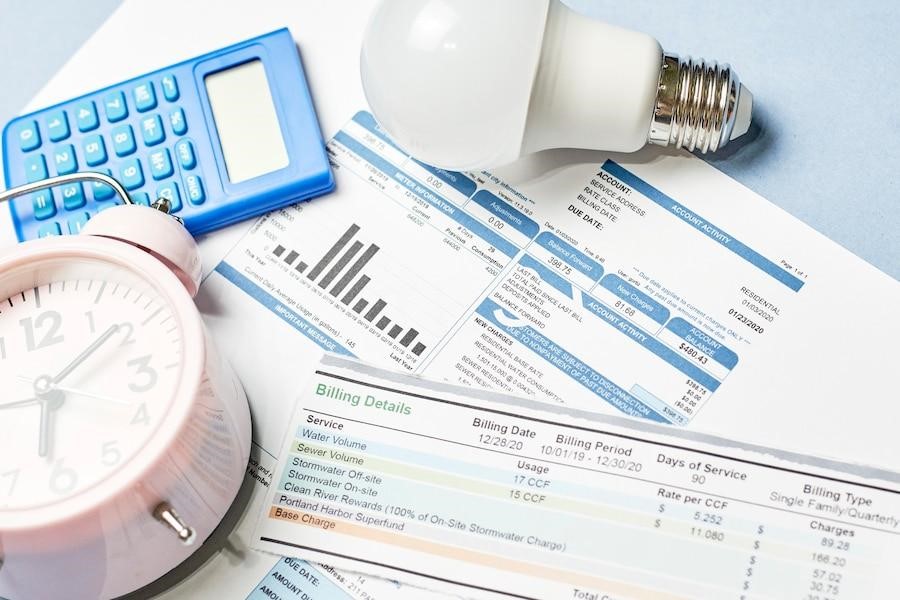
Understanding Your Electricity Bill: Decoding the Numbers
To kick off your energy-saving journey, it’s crucial to first grasp all the little details of your electricity bill. Naturally, an electricity bill can often appear complex and confusing if you don’t understand the various components that make up the total cost.
- Account summary. This usually contains an overview of your account, including the billing period, previous and current meter readings, and your current charges.
- Bill breakdown. This section will provide a detailed look at how your bill is calculated. It often includes:
- Energy consumption. This is the amount of electricity used during the billing period, typically measured in kilowatt-hours (kWh). It’s usually broken down into ‘peak,’ ‘off-peak,’ and ‘shoulder’ times, which represent the different rates at which you are charged for your electricity usage depending on the time of day.
- Supply charge. This is a fixed daily charge that covers the cost of maintaining the electricity network and supplying electricity to your home. It’s charged regardless of how much electricity you use.
- Tariff details. This shows the price you pay for electricity, measured per kWh. There may be different tariffs for peak and off-peak hours or based on the amount of electricity you use.
- Taxes and other charges. Some regions may include taxes or additional charges, such as a renewable energy levy, in your bill. Make sure to check what these charges are and how they are calculated.
- Payment details. This section contains information on how to pay your bill, including payment methods, due dates, and payment plans, if applicable.
- Usage history. Some bills will include a graph or chart that shows your electricity usage over time, which can help you identify patterns or periods of high usage.
It’s important to note that the structure of electricity bills can vary greatly depending on your location and energy provider. If you are unsure about any parts of your bill, contacting your energy provider for clarification is always a good idea. Understanding your bill can help you manage your energy usage and potentially save on energy costs.

Energy-Efficient Appliances: Worth the Investment?
Energy-efficient appliances are often more expensive than their less efficient counterparts. However, the cost of these appliances isn’t just the price you pay upfront; you also have to consider the cost of operating the appliance over its lifetime.
Here’s a deeper look at whether energy-efficient appliances are worth the investment:
Lower Energy Bills
Energy-efficient appliances use less electricity, which can significantly reduce your energy bills. For example, an Energy Star-certified refrigerator uses about 15% less energy than non-certified models, and an Energy Star-certified washing machine uses about 20% less energy. Over the lifetime of the appliance, these savings can add up and often offset the higher upfront cost of the appliance.
Environmental Impact
Energy-efficient appliances not only save you money but also help to reduce your carbon footprint. Using less energy means fewer greenhouse gas emissions, which contribute to climate change.
Rebates and Incentives:
Many local and national governments, as well as some utilities, offer rebates, tax credits, or other incentives to purchase energy-efficient appliances. These incentives can help to offset the higher upfront cost.
Longer Lifespan
Energy-efficient appliances often use higher-quality components, which can increase the lifespan of the appliance. This means you may not have to replace the appliance as frequently, saving you money in the long run.
Increased Home Value
Energy-efficient homes can command a premium in the real estate market. Additionally, a 2022 study conducted by the lender Freddie Mac found that homes with energy-efficient upgrades resold faster. They also sold for about 2.7% more than homes that did not have those upgrades.
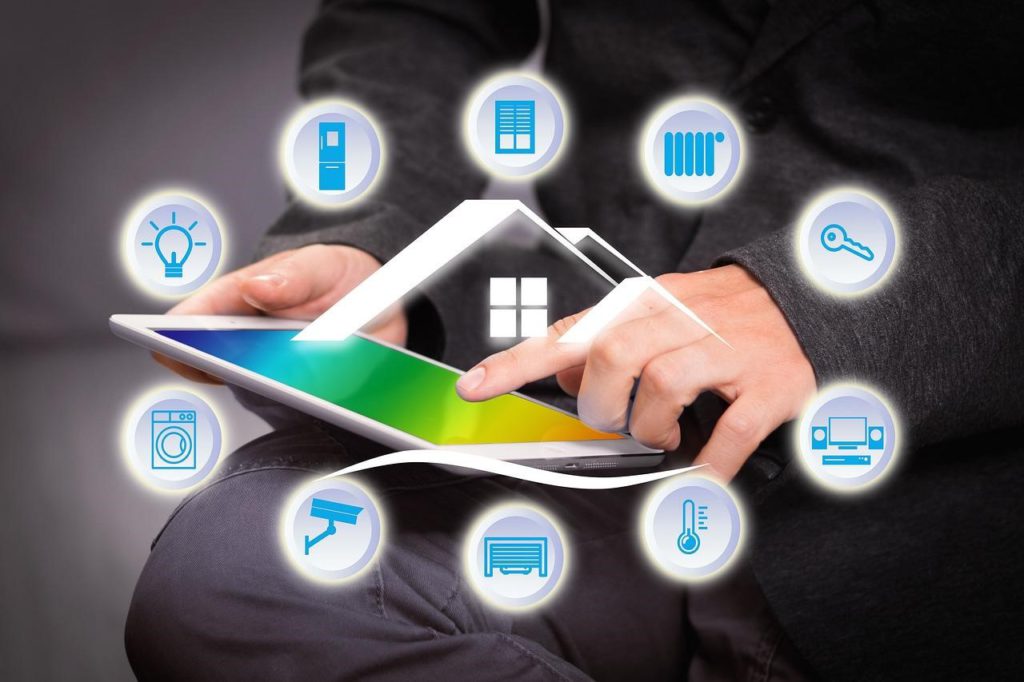
Smart Home Solutions: Harnessing Technology for Savings
The advent of smart home technology has opened up new avenues for energy conservation. Devices like smart thermostats, lighting systems, and home automation hubs allow you to monitor and control your home’s energy usage remotely.
Smart Thermostats
These devices learn from your behaviors, allow you to control your home’s temperature from anywhere, and can adjust themselves based on ambient conditions like humidity. For example, Nest’s smart thermostat claims to save users an average of 10-12% on heating bills and 15% on cooling bills.
Smart Lighting
Smart LED bulbs use se at least 75% less energy and last up to 25 times longer. Some can adjust brightness based on natural light availability or time of day, while others can be controlled remotely. You can even set schedules to turn lights on or off at specific times, further conserving energy.
Energy Monitoring Devices
These devices connect to your electricity meter or individual outlets to give you real-time data on your energy consumption. By knowing which devices or appliances are using the most energy, you can modify your usage and save on your energy bill.
Smart Power Strips
Unlike traditional power strips, smart power strips can detect when a device is in standby mode and cut off power to that device, eliminating ‘vampire’ power waste.
Smart Water Heaters
A smart water heater allows you to control and monitor your water heater remotely. Some models can even learn your household’s water usage patterns and heat water accordingly, resulting in energy savings.
While there’s an upfront cost to installing smart home technology, many people find that the energy savings, increased convenience, and the potential boost to property values make the investment worthwhile.
Remember, though, that not every smart home solution will make sense for every household. Evaluate your home’s specific needs and your budget to determine the best options for you.
Mindful Behavior: Simple Habits That Make a Difference
Our daily habits can significantly impact our energy use. Even small changes in behavior can lead to noticeable savings on your energy bill and reduce your carbon footprint.
- Unplug devices. Many devices use energy even when not in use, a phenomenon known as ‘phantom’ or ‘vampire’ power. Unplug chargers, electronics, and appliances when they’re not in use to prevent this.
- Switch off lights. Always turn off the lights when leaving a room. Consider using natural light during the day instead of turning on lights.
- Use energy-efficient lighting. Replace incandescent bulbs with energy-efficient LED or CFL bulbs, which use less energy and last longer.
- Adjust thermostat settings. Reducing your home’s temperature to 68 degrees Fahrenheit and under during winter and about 78 degrees Fahrenheit during summer can be an excellent way to conserve energy and lower your energy bills.
- Use appliances efficiently. Wait until you have a full load to run your dishwasher or washing machine. Consider air-drying clothes and dishes when possible.
- Seal your home. Weatherstrip doors and windows to prevent drafts. This can reduce the load on your heating and cooling system.
- Use power strips. Plug devices into a power strip, then turn off the strip when the devices aren’t in use. This is an easy way to manage phantom power.
- Adjust the water heater temperature. Lower the temperature on your water heater to 120°F (or lower if your dishwasher allows). This can reduce your water heating costs by 6%-10%.
- Regular maintenance. Keep your appliances and HVAC system well-maintained. Regular servicing can ensure they run efficiently and can help extend their lifespan.
Remember, every little bit helps. Even if you can’t do all these things, doing a few can still make a difference. You can save money and contribute to a more sustainable world by cultivating mindful energy habits.
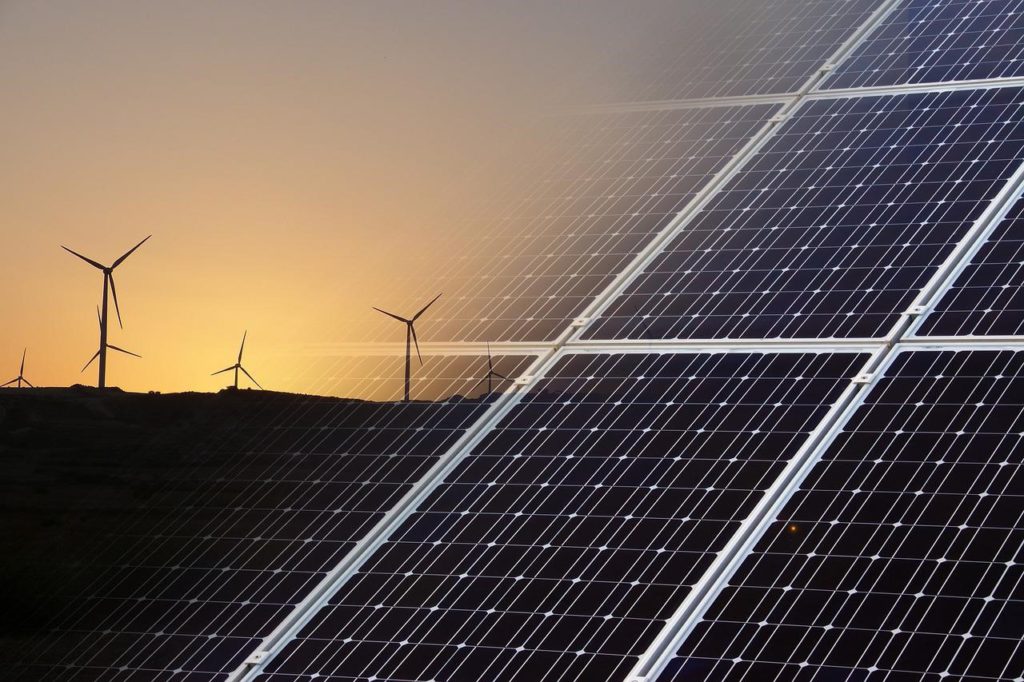
Renewable Energy Options: Exploring Sustainable Alternatives
Finally, consider exploring renewable energy alternatives to further reduce your carbon footprint and save on electricity costs. Solar panels, wind turbines, and geothermal systems are just a few examples of sustainable energy technologies that can be integrated into your home.
While the initial investment in renewable energy systems may be substantial, the long-term savings and environmental benefits make them an attractive option for those looking to make a lasting impact on both their wallet and the planet. Research local incentives and rebates to help offset the upfront costs of installing renewable energy systems.
In Conclusion
Managing electricity usage effectively is a combination of understanding your electricity bill, investing in energy-efficient appliances, using smart home technologies, practicing mindful habits, and exploring renewable energy options.
While some strategies require an initial investment, the long-term savings, coupled with the environmental benefits, validate these choices. Each step taken towards energy conservation not only reflects positively on our electricity bills but also contributes towards a more sustainable future.
So, by adopting these smart strategies, we not only become wiser consumers but also responsible inhabitants of this planet, playing our part in the fight against climate change.
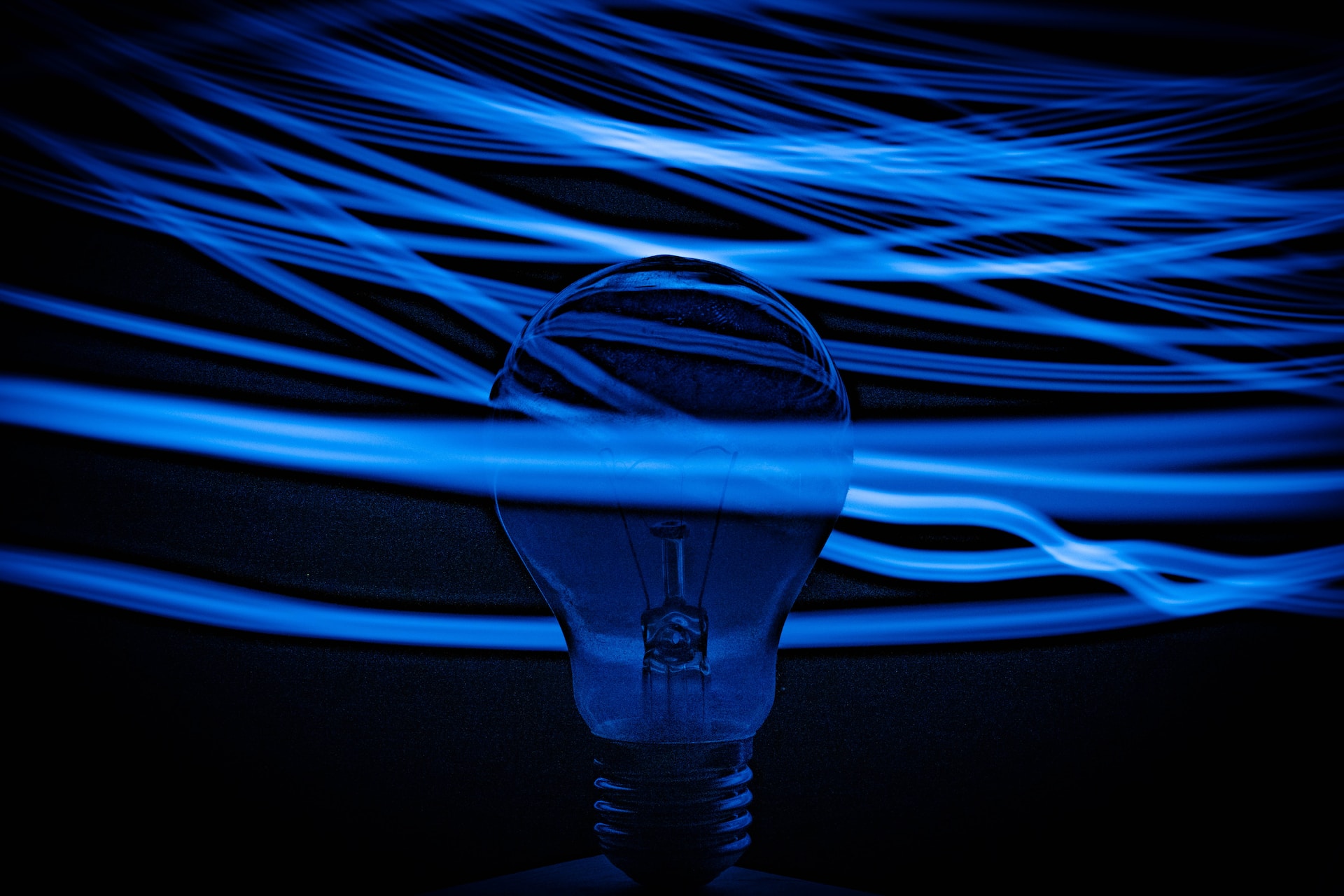

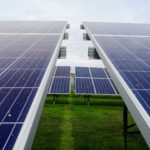


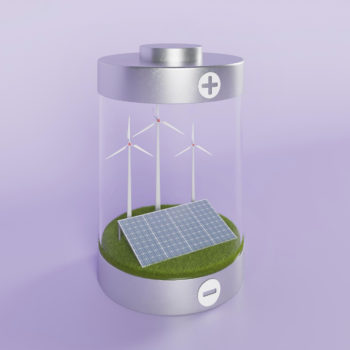


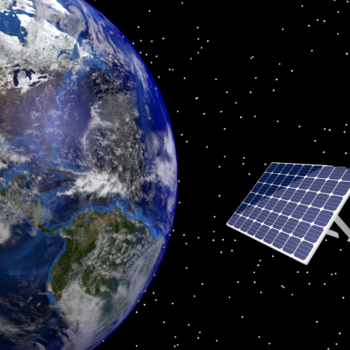




No Comments